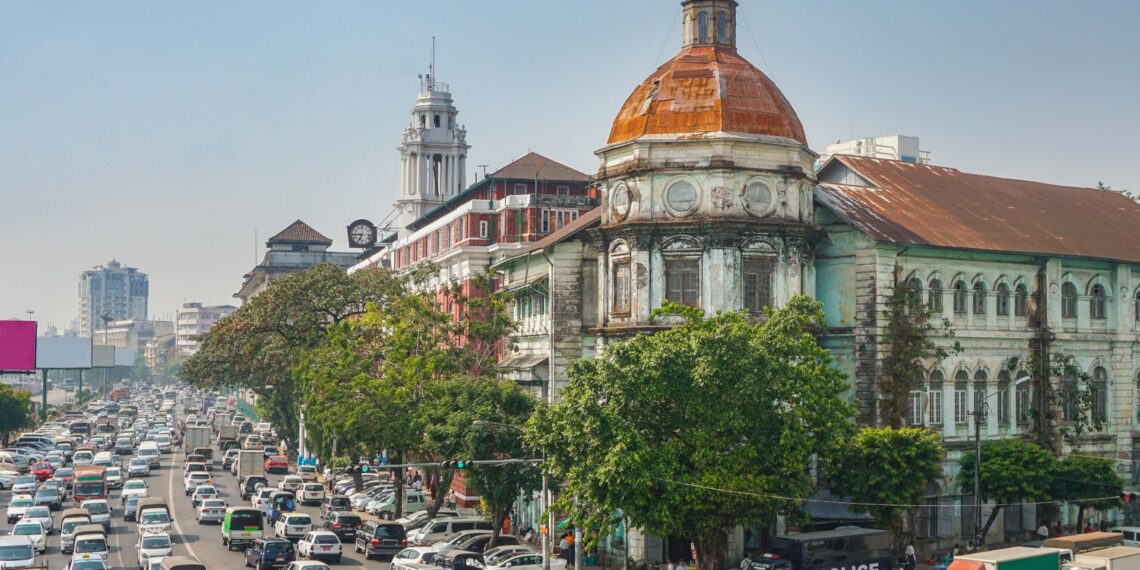No products in the basket.
The crucial role of Remittances in Myanmar: contributing to poverty reduction
Remittances play a crucial role in Myanmar, a primary source of migration in the Mekong subregion, by supporting socio-economic stability and contributing to poverty reduction, which is vital given that 49.7% of the population lives below the poverty line.
Remittances play a crucial role in Myanmar, a primary source of migration in the Mekong subregion, by supporting socio-economic stability and contributing to poverty reduction, which is vital given that 49.7% of the population lives below the poverty line.
Remittances in Myanmar’s Socio-Economic Landscape
In the ASEAN+3 region, remittances are crucial for low-income developing economies such as Myanmar, especially given the country’s socio-economic challenges. Over the past fifty years, Myanmar has emerged as the primary source of migration within the Mekong subregion, resulting in substantial remittance flows.
Socio-Economic Challenges and Remittances
With 49.7 percent of Myanmar’s population living below the poverty line, remittances are essential in alleviating poverty and maintaining social stability. These financial inflows not only support household incomes but also provide a buffer against economic hardships, playing a key role in the country’s socio-economic framework.
Post-COVID-19 Remittance Developments
This analytical note offers an overview of the recent trends and developments in Myanmar’s remittance landscape post-COVID-19. It takes into account recent policy and regulatory changes and evaluates the outlook and key challenges ahead, emphasizing the critical role of remittances in fostering socio-economic resilience.
The recent political turmoil in Myanmar has led to an increase in the number of refugees seeking shelter in Thailand
The movement of people from Myanmar to Thailand has been a significant aspect of Southeast Asian migration patterns for many years. The recent political turmoil in Myanmar has led to an increase in the number of refugees seeking shelter in Thailand, particularly in border towns like Mae Sot. These individuals, often young men, are fleeing conscription and conflict in their homeland, seeking safety and a chance for a peaceful life.
Thailand has become a refuge for tens of thousands of Burmese, with many living in a state of limbo, waiting for asylum offers or planning for a future that seems uncertain. The Thai government, in collaboration with international organizations, has been working to manage this influx through various measures, including the establishment of temporary shelters and providing basic necessities.
The situation is complex, as it involves not only humanitarian concerns but also the socio-economic impact on Thailand and the legal status of the migrants. Reports indicate that a significant portion of the non-Thai population in certain districts consists of individuals who have arrived post-2021 military takeover in Myanmar.
The history of Myanmar’s labor migration to Thailand is long-standing, with formal recognition of this flow dating back to 2003 when both governments signed a memorandum of understanding. This agreement aimed to legalize migration through recruitment programs and nationality verification processes, granting migrant workers temporary passports and visas.
Despite these efforts, challenges remain, especially for undocumented workers who face harsh realities, poor working conditions, and the constant threat of deportation. These workers are critical in filling labor gaps in Thailand, contributing significantly to the country’s economy.
Source: ASEAN+3 Macroeconomic Research Office
Discover more from Thailand Business News
Subscribe to get the latest posts sent to your email.














